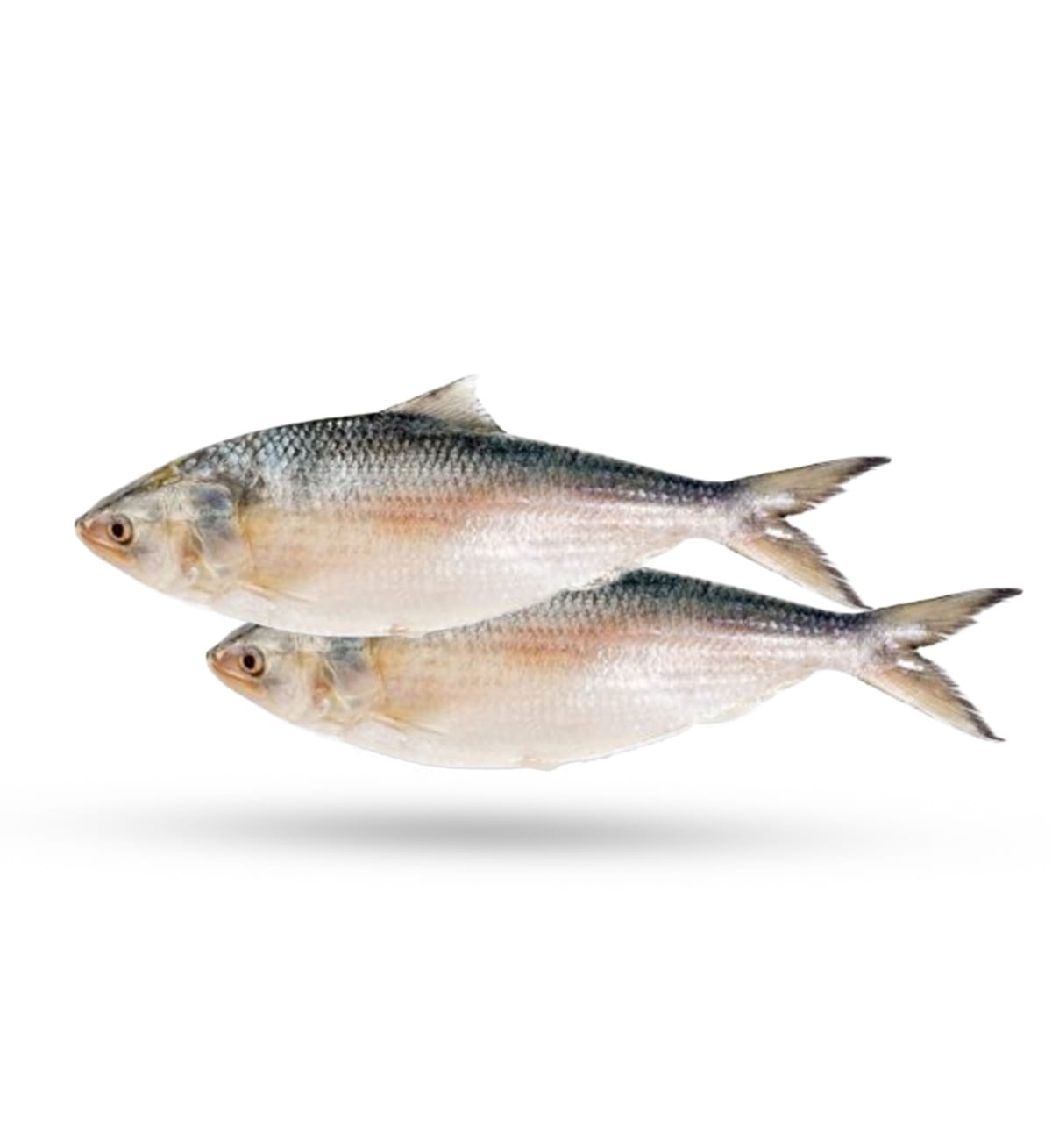Characteristics of Hilsa fish

Characteristics of Hilsa fish
Characteristics of Hilsa fish Traits of Hilsa Fish: An All-Inclusive Analysis
Often called the “King of Fish” in South Asia, the Hilsa fish (Tenualosa ilisha) is among the most coveted and commercially important fish species found in the Bay of Bengal, especially in Bangladesh, India, and Myanmar. Particularly in Bangladesh, where it is the national fish, it is culturally, economically, and gastronistically significant. Its traits, habitat, life cycle, and importance are thoroughly reviewed here.
1. Physical Features Size & Weight:
- Although some hilsa can reach up to 60 cm, usually they grow between 30 and 55 cm. Usually weighing 500 grams to 2.5 kilograms, they
1. Shape of the Body: Deep belly and a sleek, elongated, laterally compressed body define the fish.
2. Color & Appearance: On the back the body is silvery with a bluish or greenish hue. Under handling, the delicate, thin scales readily shed.
so Its strongly forked tail aids with quick swimming. Short and without spines, the dorsal fin
2. habitat and distribution
- An adromous fish, hilsa moves from seawater to freshwater to spawn. It is mostly found in: – The Arabian Sea (Pakistan and portions of the Persian Gulf); – The Ganges, Brahmaputra, and Meghna Rivers (Bangladesh and India); – Irrawaddy River (Myanmar).
- Sometimes crossing 1,200 km inland, they migrate upstream into freshwater rivers during the breeding season.
3. Habits of Eating
- Being a plankton-feeding fish, Hilsa mostly eats:
Diatoms are a class of microalgae.
Small crustaceans; zooplankton; - Their taste is influenced by their feeding patterns, so they are quite appealing for human consumption.
4. Reproduction Cycle
- Hilsa gets mature between one and two years.
Monsoon season brings spawning when the rivers flood and offer a good habitat for young.
– One female can deposit between 0.5 and 2 million eggs.
For – Within 24 hours the eggs hatch, and the larvae progressively return to estuaries and marine habitats. - Culinary and Economic ValueWith more than 12% of all fish produced, Bangladesh depends greatly on Hilsa for its GDP.
India: Where it is a staple of traditional cuisine, West Bengal and Odisha have the biggest consumption.
Middle Eastern: Export destinations for the fish also include Kuwait, Saudi Arabia, and the United Arab Emirates. - basically Hilsa’s distinctive taste and thick, greasy texture make it much sought for. Popular dishes however are Ilish Paturi (banana leaf-wrapped Hilsa) and Ilish Bhapa, (steamed Hilsa).
Ilish Polao, Hilsa’s rice cooked
6. Problems and Conservation Projects
- Climate change, habitat degradation, and overfishing are driving down Hilsa numbers. Efforts at conservation include:
Bangladesh and India have **fishing limits during spawning seasons enacted.
Hilsa sanctuaries to guard breeding sites; however community awareness campaigns to guarantee environmentally friendly fishing methods
Conclusion
Not just a delicacy but also a vital species in South Asian fisheries is hilsa fish. Conservation and sustainable fishing methods should pay great attention to this species because of its special ecological features, migration pattern, and cultural value. so This valuable fish can remain thriving for next generations with good care.




One thought on “Characteristics of Hilsa fish”
Comments are closed.